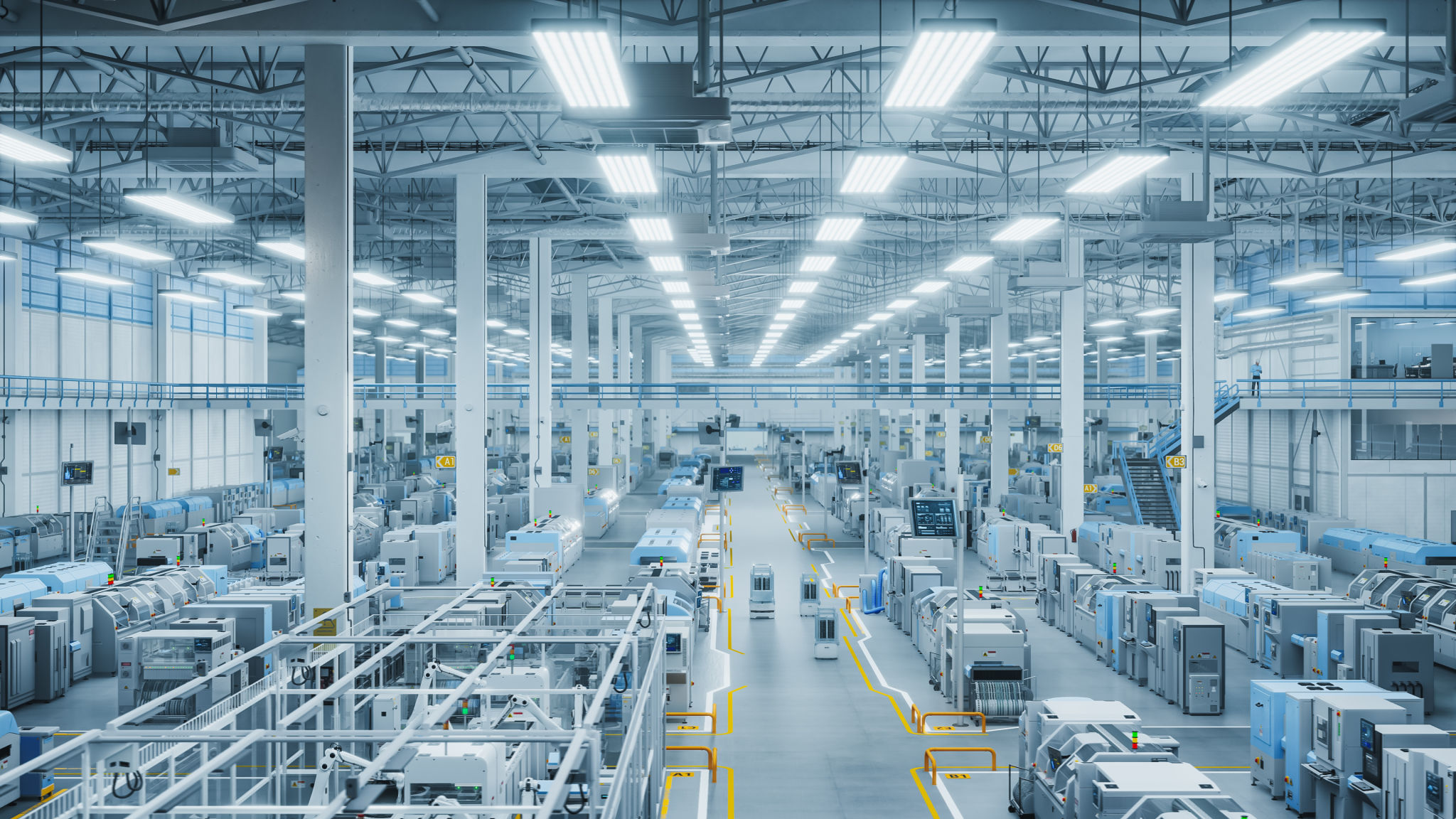Maximizing Industrial Safety: The Benefits of Automation
Enhancing Safety Through Automation
In the realm of industrial operations, safety is a paramount concern. With the advent of advanced technologies, automation has emerged as a vital tool in mitigating risks and enhancing safety protocols. By integrating automated systems into industrial processes, companies can significantly reduce the likelihood of human error and improve overall workplace safety.
Automation provides consistent and precise operations, which are crucial in environments where even minor mistakes can lead to significant hazards. By automating repetitive and dangerous tasks, industries can safeguard their workforce while maintaining high levels of productivity.

Reduction in Human Error
One of the most significant benefits of automation is the reduction in human error. Humans are prone to mistakes, particularly in monotonous or complex tasks. Automation, however, ensures that each operation is performed with precision, reducing the risk of accidents caused by oversight or fatigue.
Automated systems can operate continuously without the need for breaks, maintaining consistent performance levels that are difficult to achieve with manual labor. This not only enhances safety but also boosts efficiency across industrial operations.

Monitoring and Predictive Maintenance
Automation plays a crucial role in monitoring industrial equipment and processes. With real-time data collection and analysis, automated systems can detect anomalies before they escalate into significant issues. Predictive maintenance, enabled by automation, allows companies to service their equipment proactively, preventing breakdowns and potential safety hazards.
By using sensors and advanced analytics, industries can predict when a machine is likely to fail and take preemptive action. This proactive approach not only enhances safety but also reduces downtime and maintenance costs.

Improved Emergency Response
In the event of an emergency, automated systems can provide faster and more reliable responses than manual operations. Automation can trigger immediate shutdowns or activate safety protocols, minimizing the impact of a hazardous situation. These systems can also alert personnel quickly, enabling swift evacuation if necessary.
Furthermore, automated systems can simulate various emergency scenarios, allowing companies to train their employees better on how to react during real events. This preparedness is essential for minimizing risks and ensuring the safety of all personnel involved.
Adapting to Future Challenges
As industries evolve, so do the challenges associated with maintaining safety. Automation offers a flexible solution that can adapt to these changing needs. By continually updating automated systems with new technologies and processes, companies can stay ahead of potential risks and continue to protect their workforce effectively.
The integration of artificial intelligence (AI) with automation provides additional layers of safety by enabling systems to learn from past incidents and improve their responses over time. This dynamic approach ensures that safety measures are always up-to-date and effective.

Conclusion: A Safer Tomorrow
The benefits of automation in maximizing industrial safety are clear and compelling. By reducing human error, enabling predictive maintenance, improving emergency response, and adapting to future challenges, automation serves as a cornerstone for creating safer industrial environments.
As industries continue to embrace automation, they not only enhance their safety protocols but also pave the way for more efficient and resilient operations. Investing in automation is not just about improving productivity; it's about securing a safer tomorrow for all employees involved.